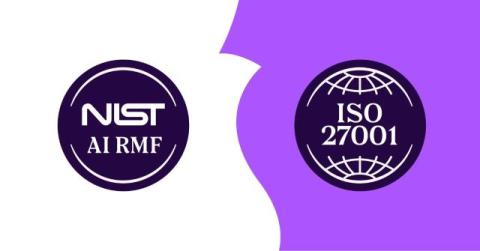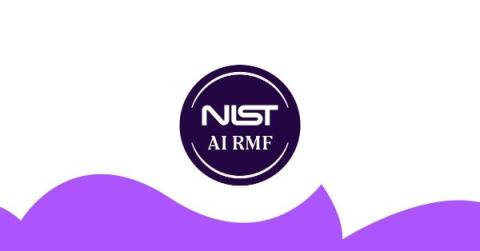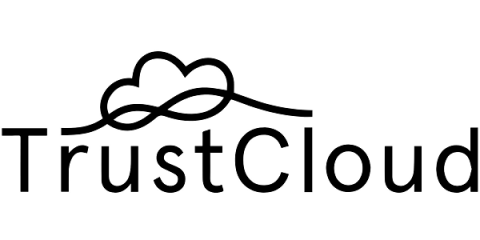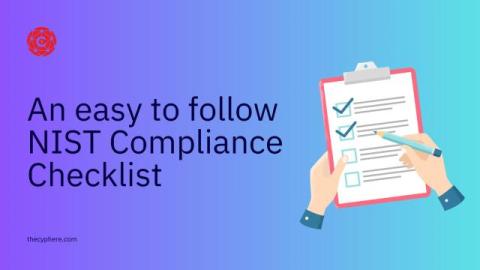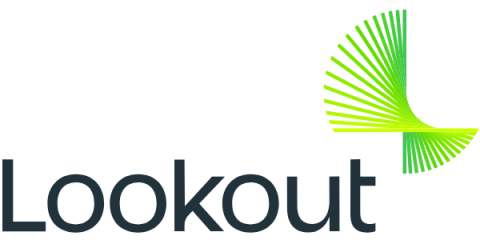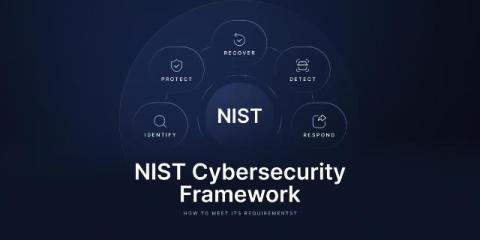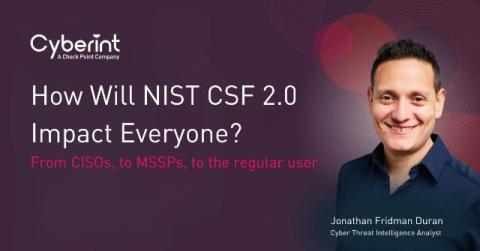5 key differences between the NIST AI RMF and ISO 42001
The AI space is developing rapidly but is still largely uncontrolled. According to The State of Trust Report 2024, 62% businesses plan to invest more in AI security in the next 12 months. The good news is that AI security can now be better implemented with the help of many authoritative new AI standards and frameworks rolled out in the past few years. The aim with any of these standards is to remove the uncertainty around AI systems and ensure responsible implementation.


